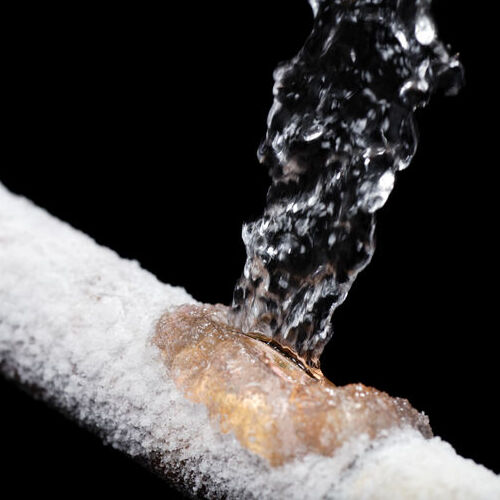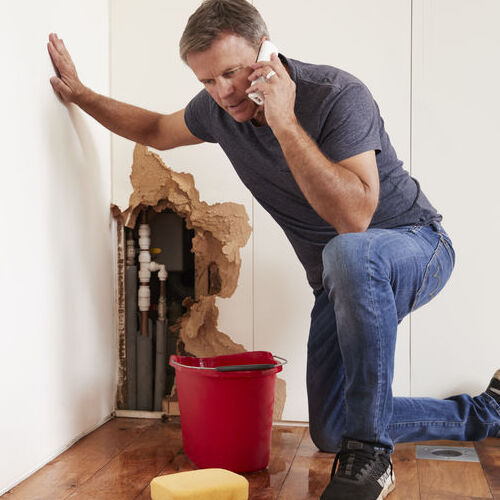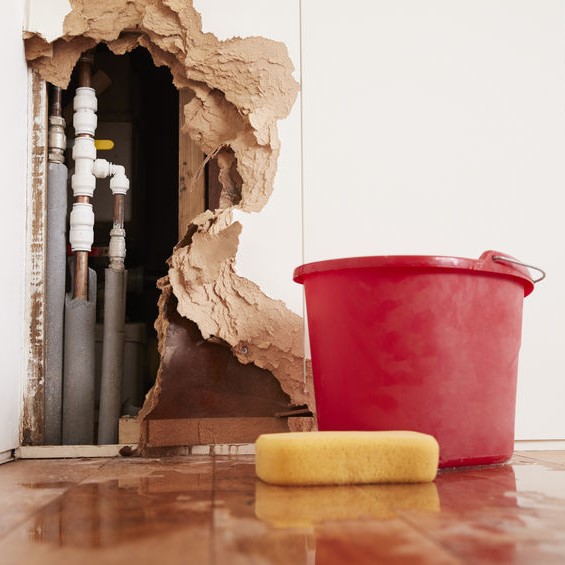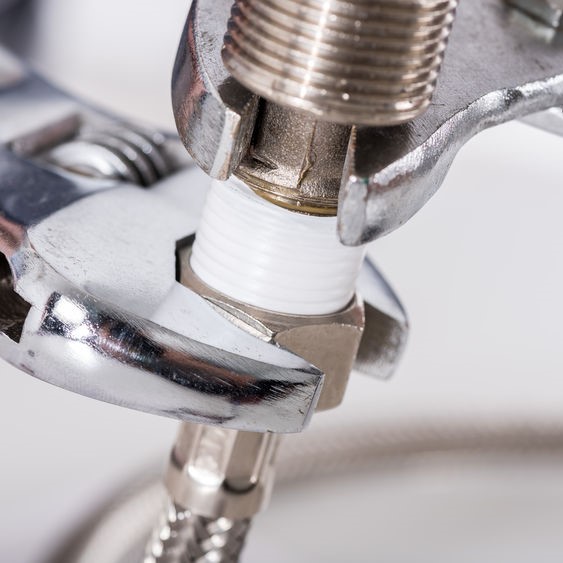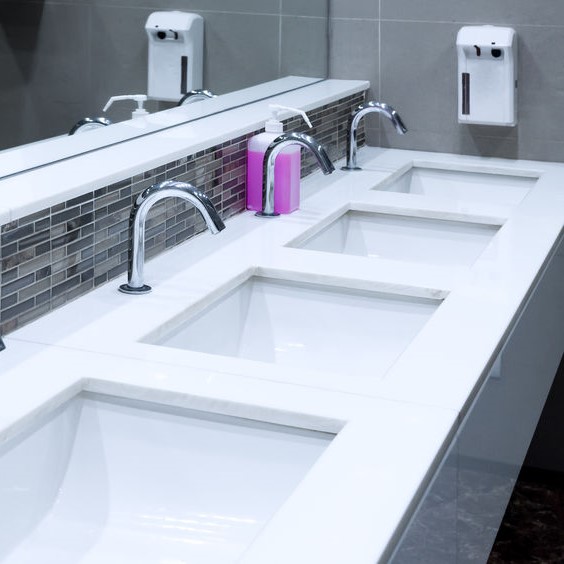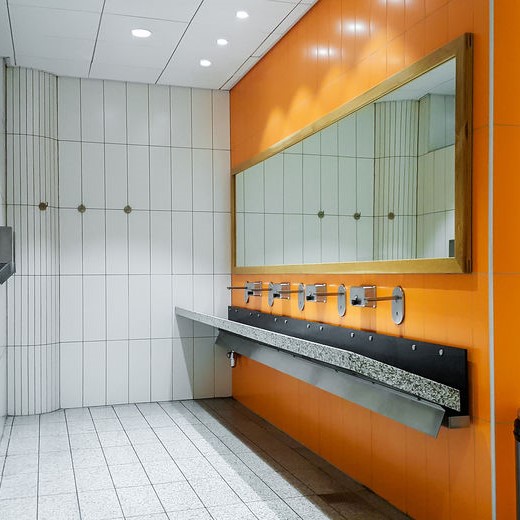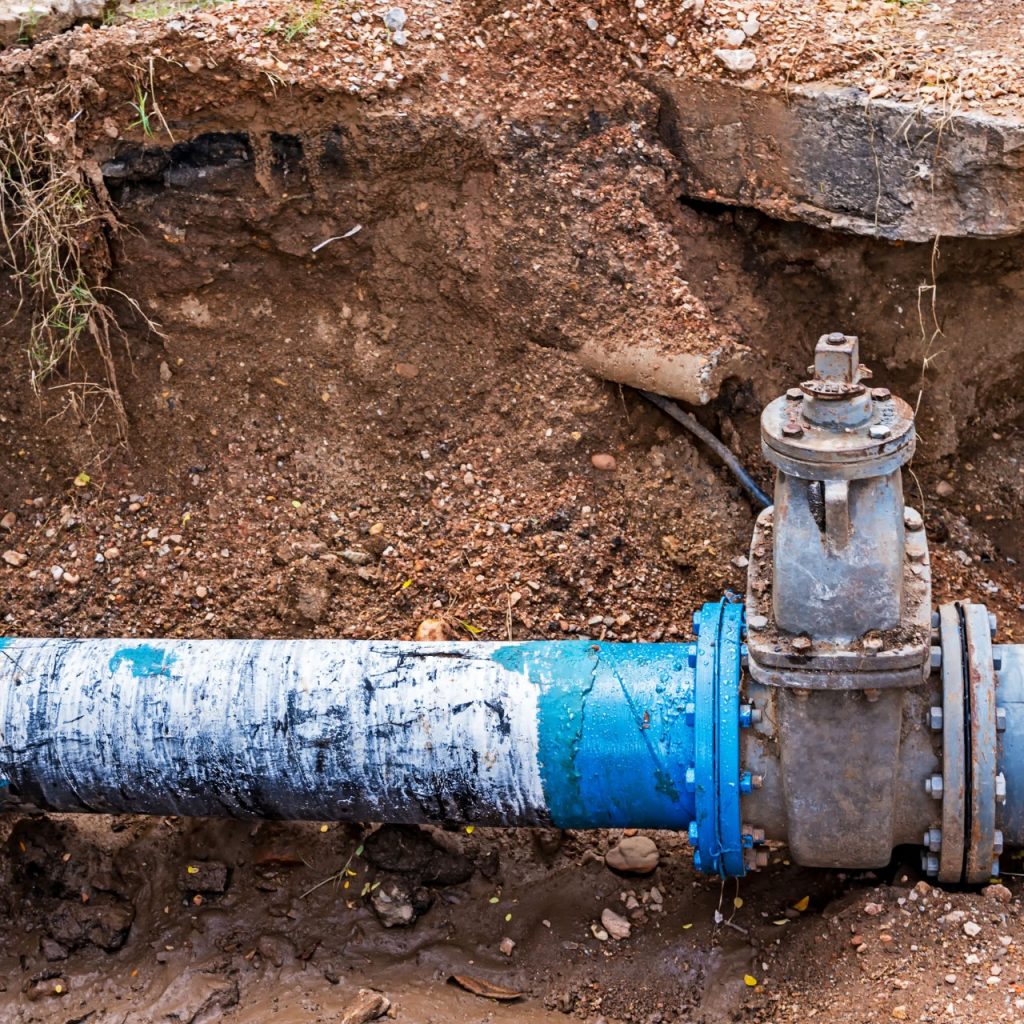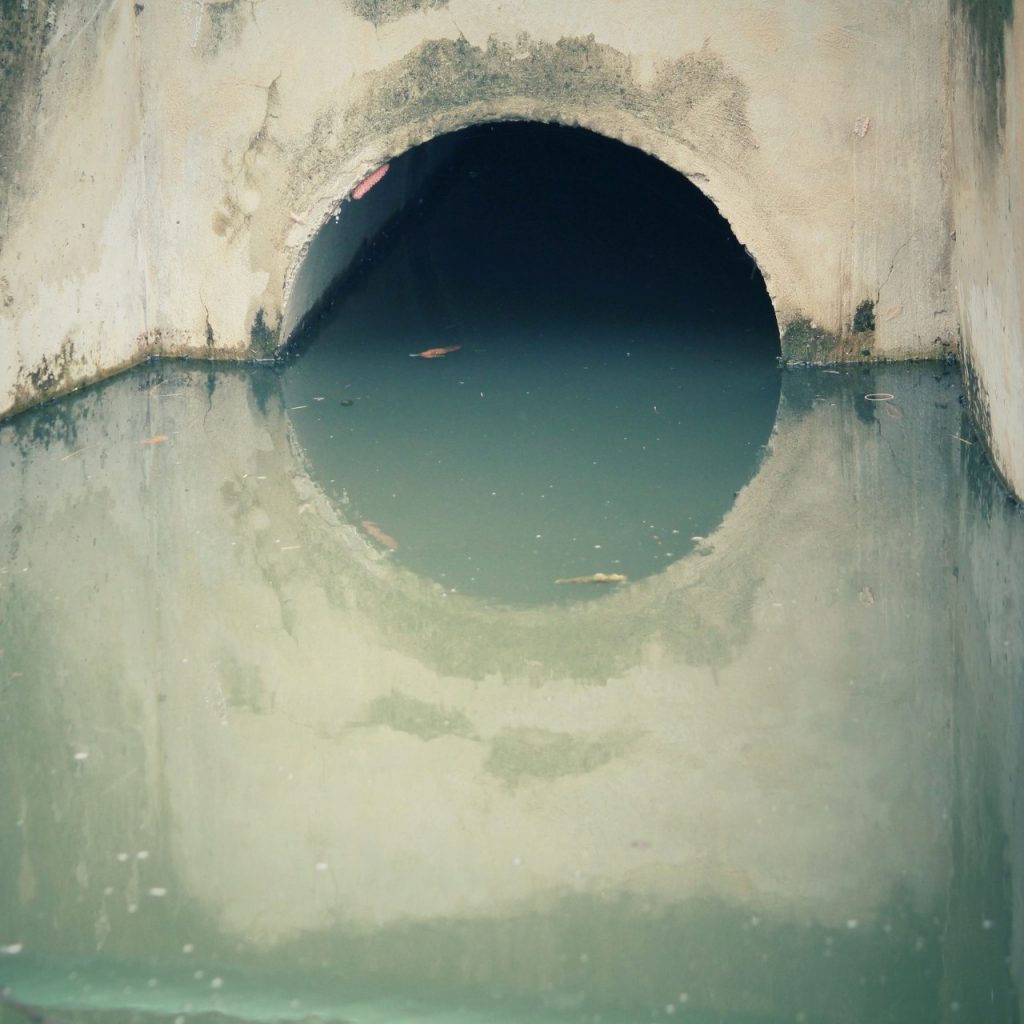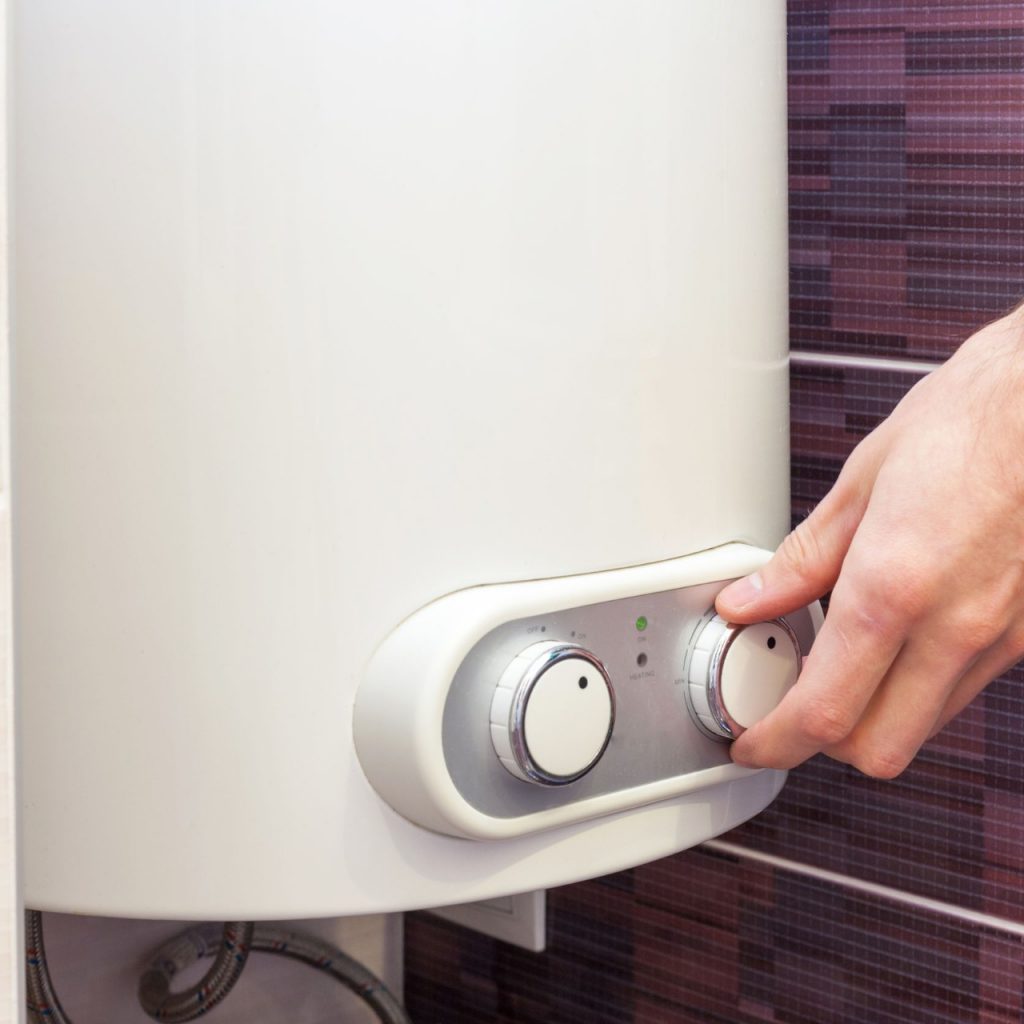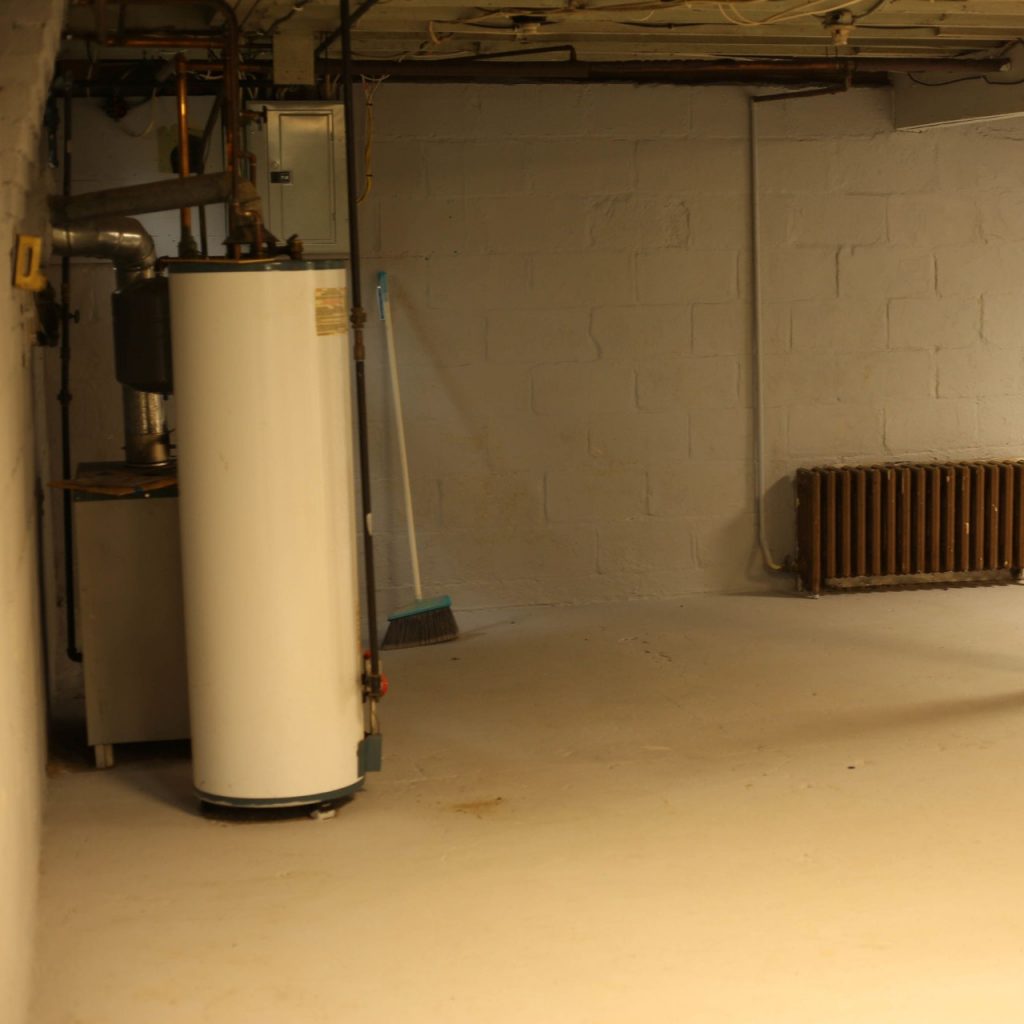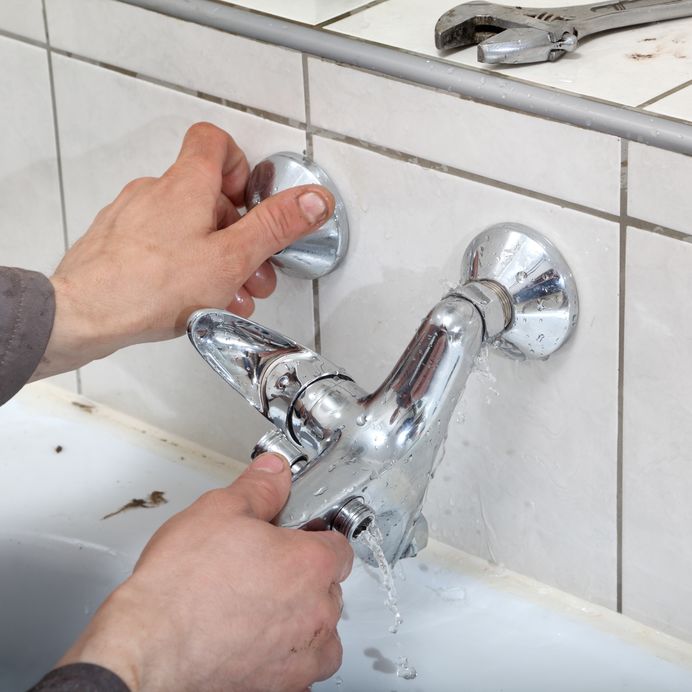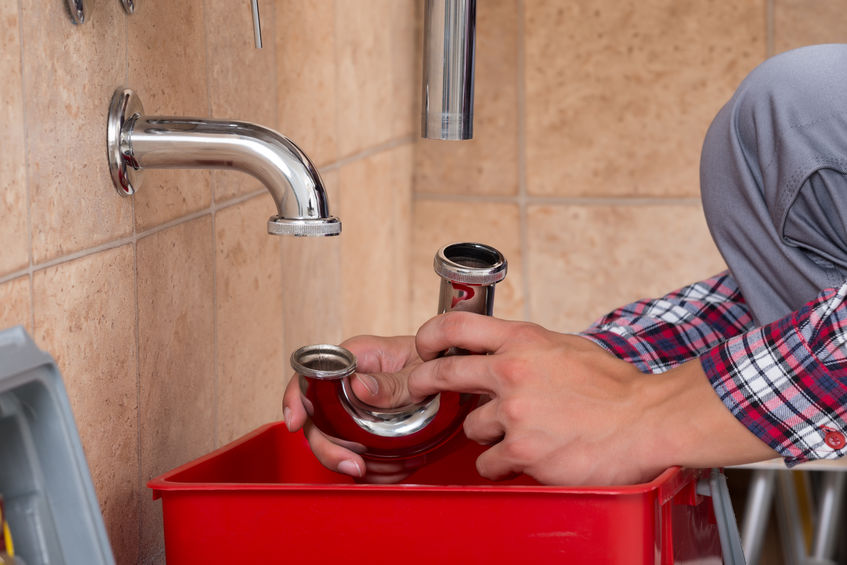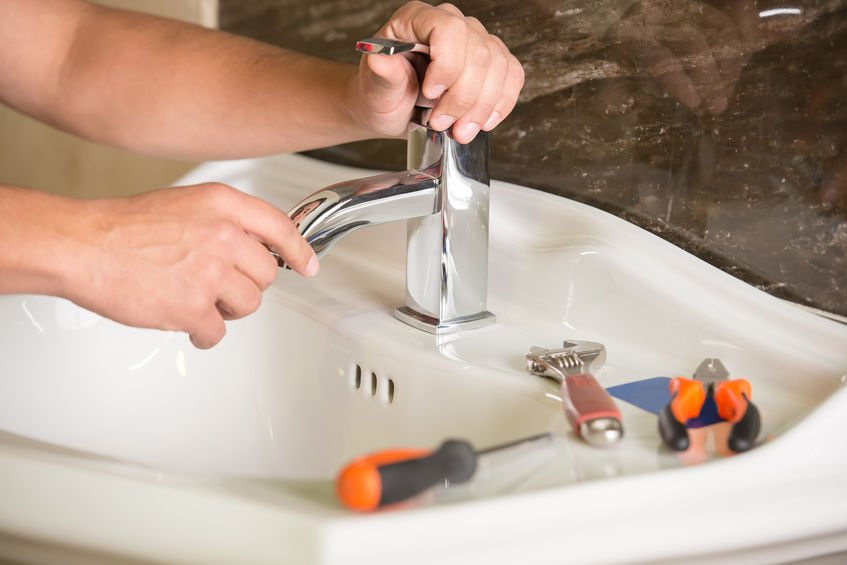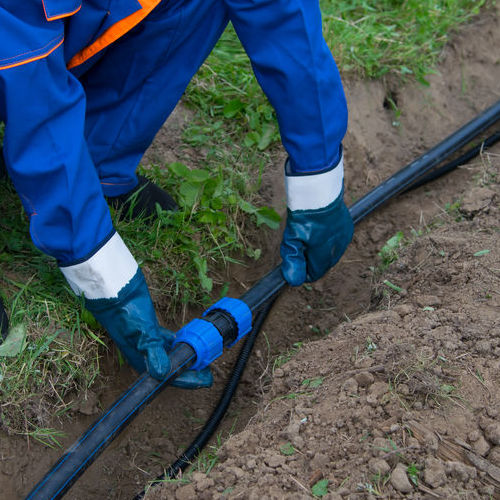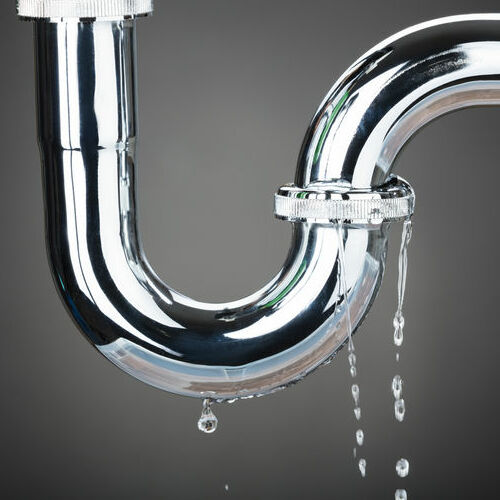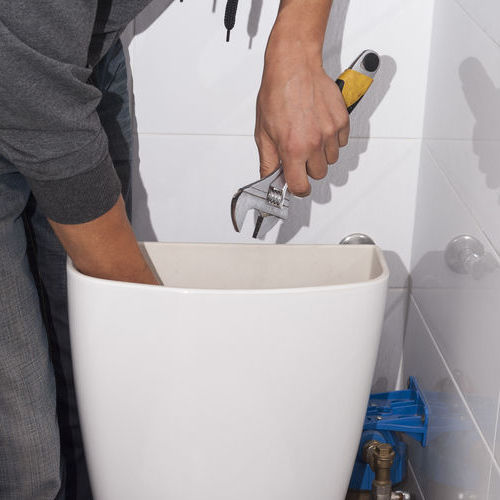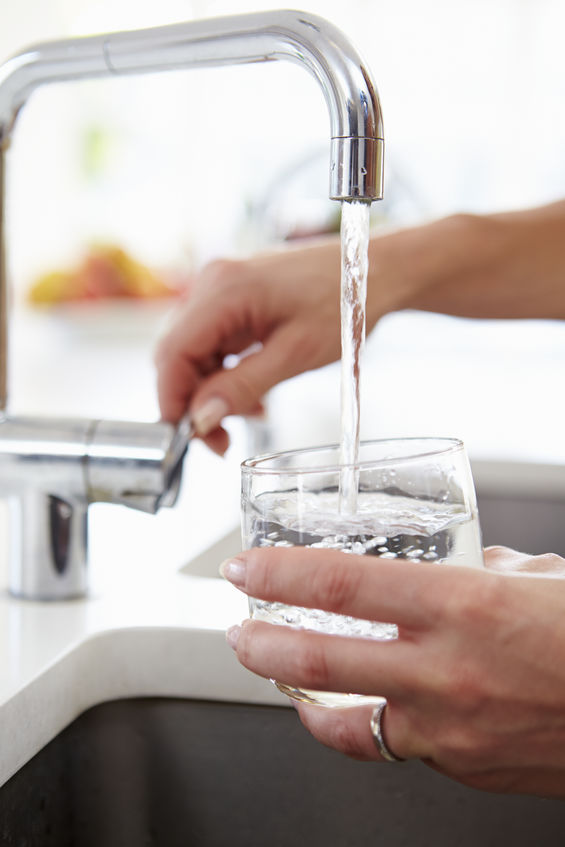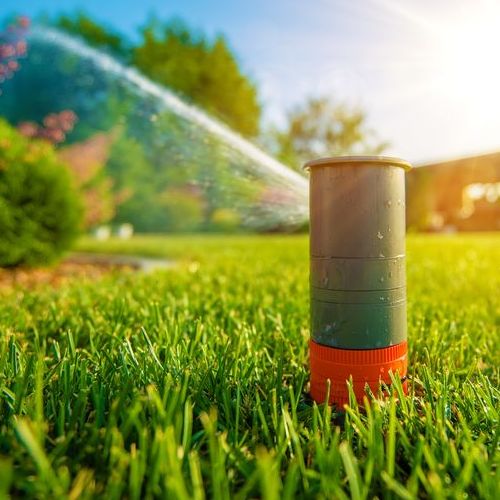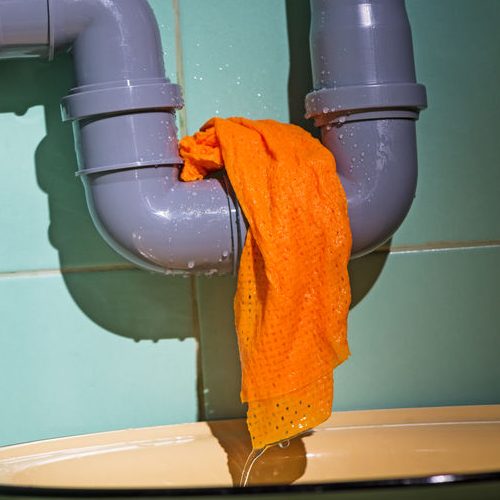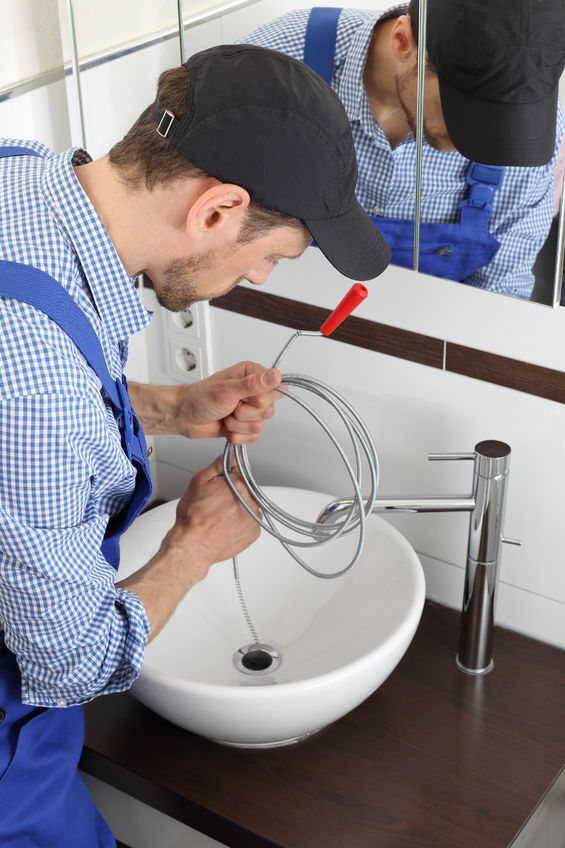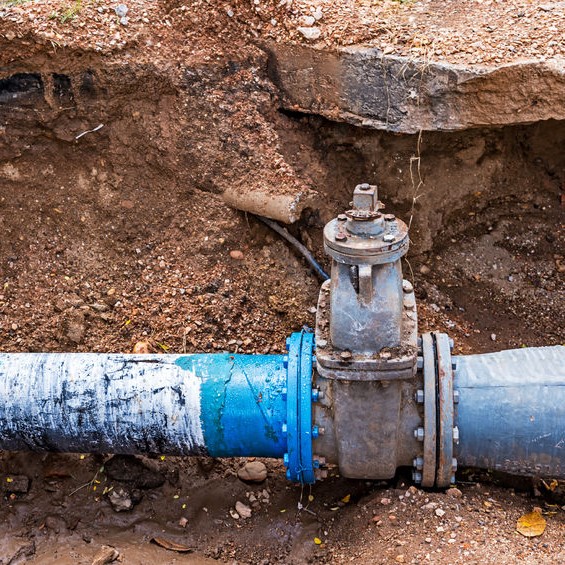
How do you know if your main sewer line is broken?
Homeownership is wonderful. You’re paying yourself each month by paying a mortgage instead of rent. That monthly payment is paying into an investment that one day you can either sell at a profit or pay it off and live your golden years rent-free. Or that is that American dream anyway. In the meantime, though, there are homeowner nightmares like roof damage, termites, and sewer line is backed up and sewer repair.
Whether it is your sewer line or mainline that is backed up or broken can make this your nightmare or an inconvenience that can make the difference. If it is mainline, that is going to be the city’s problem and only an inconvenience for you. If the sewer line is collapsed, that is going to be your sewer repair expense and problem.
No homeowner wants dysfunctional plumbing. It can often mean it is going to cost money, sometimes lots of money for sewer repairs. Because plumbing can be complicated, it can be challenging to know where in the sewer line repairs are needed. The warning signs that the problem you’re having is with your main sewer line are:
- Backed up and blocked. Sewage backups will happen occasionally, but if every flush is backing up, it is probably in the main sewage line. Every drain in your home relies on the main sewer line, and if it is blocked, you’re going to have back up, and only sewer repair to the mainline is going to fix that.
- Foul odors and smells. The main sewer line that is intact will be airtight, and nothing smelly is escaping. So, when there are foul, nasty odor coming out, you have a main sewer line break. This issue isn’t an easy fix and will need a professional plumber for sewer repair.
- Mildew and mold. If you’re noticing mildew and mold on the walls of your home, the culprit could be the main sewer line is damaged. A crack in the sewer line will allow water to leak into your home, and leaking water creates mildew and mold. It may not be your sewer line; it may be an incoming plumbing line. Either way, you need a professional plumber to inspect the situation.
- Slow draining. Slow drains are an ordinary plumbing matter, and usually, it is a clog that can be fixed with a drain cleaner or plunger. If those simple methods to unclog don’t work, it could be down in the main sewer line, and that deep of a clog will need professional sewer repair. If you’re fortunate, the plumber may be able to fix the sewer line without digging, and with cameras and new technology today, they can do sewer repairs without tearing up your yard.
- Lush green grass in patches. If your lawn has an area of lush green grass, it could be a busted plumbing line that sewer repair is needed.
- Lawn indents. A lush green area in your lawn is just one indication. The other is an indention in your lawn, usually where the lush green area is located. Professional sewer repair is the only option.
- Foundation cracking and sinking. When the main sewer line is damaged, it can be more than a nuisance. It can also damage the foundation and structure of your home. Broken sewer lines under the foundation are bad news, and that will require a professional plumber and possibly jackhammering the floor inside your home or digging underneath it – both options are expensive.
- Wastewater pooling. If you are noticing wastewater pooling up around the exterior of your home and it has a foul odor, you probably have a busted main sewage line.
- Insects, critters, and pests. A damaged main sewer line will attract things you don’t want around your home, like insects, rats, and other critters. Leaking pipes are an attraction, and they can make their way through any crack or gap and into your home.
- Constant common fixes aren’t working. If you are continually experiencing backed-up toilet and non-draining sinks, you need a professional plumber.
How long does it take to repair a sewer line?
Several factors can determine the time it will take to complete your sewer repair. Among those factors are the pipe size, location of the problem, the condition of the existing pipes, and which method the plumber needs to use.
The traditional method for sewer repair is three to five days. If they can use the trenchless method, it could be done in one to two days. Your plumbing contractor will be able to advise you which method when they inspect the situation.
How often should sewer lines be replaced?
Sewer pipes are durable for the most part, but eventually, like anything that is used daily, and mostly when buried underground, replacement is needed eventually. How often is that depending on the type of pipe, the depth it is buried, and soil conditions? Clay sewer lines can last up to 60 years and cast iron sewer lines up to one hundred years. PVC to date is timeless!
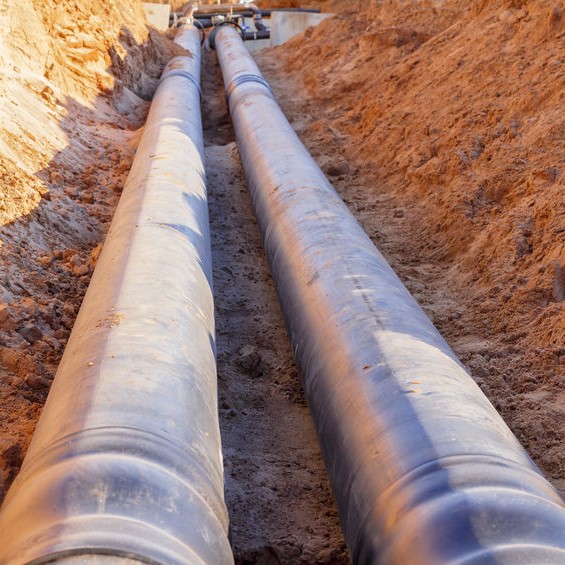
Who pays for a broken sewer line?
Unfortunately, the homeowner more often than not. The city is responsible for sewer repairs from the start of the main underground sewer pipe to the wastewater treatment plant. Otherwise, the sewer repair is on your side of the main. You’ll be responsible for repair and paying for the repair.
Does homeowners insurance cover sewer line repair? Probably not, sorry. When it comes to the sewer line and sewer repair of those lines, homeowner’s insurance isn’t going to cover the expense of your plumber unclogging it and repair the line on your side of the main. However, if your home has any damage from a sewer line unexpectedly, that may be covered. You need to check with your insurance agent and your insurance policy to make sure what is covered. Call 661-201-6016 today.


